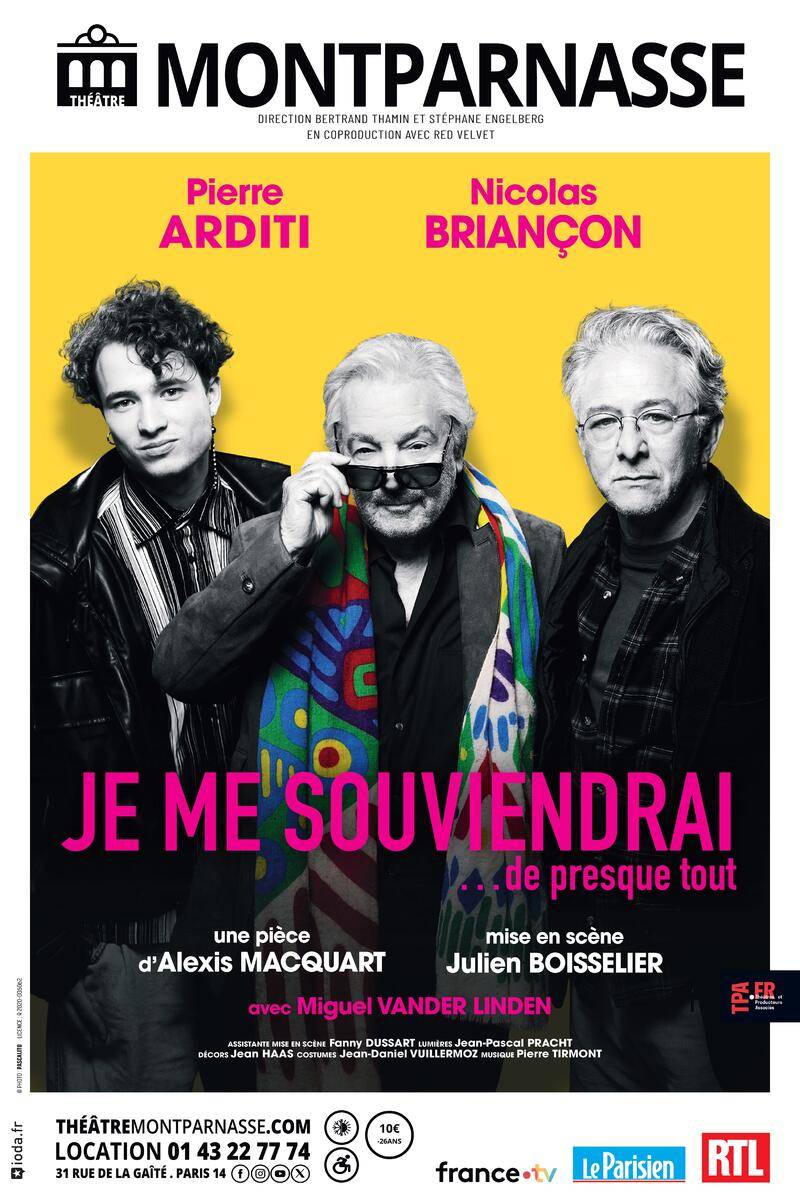The Île-de-France region and Paris is an emblematic region of France, renowned for its temperate climate and varied landscapes. Located in the heart of the country, it is bordered by vast agricultural plains and crossed by the Seine River, offering an exceptional natural setting. The Île-de-France region is home to major sites such as the Palace of Versailles and Notre-Dame Cathedral. These monuments bear witness to the region's cultural and political influence over the centuries. Enjoy its local specialties, including its refined gastronomy and world-renowned cultural events. Visitors also come to discover its prestigious museums, lively neighborhoods, and verdant parks, making this region a MUST for lovers of art, history, and culture.
What to do in Île-de-France?
What to do in Ile-de-France
There are so many things to do in Ile-de-France... but if you don't know, we suggest this itinerary:
Visit to the Louvre Museum
Description: Immerse yourself in art history in the heart of Paris. The Louvre is home to world-famous masterpieces like the Mona Lisa.
Average cost: €20 per person.
Location: Paris, 1st arrondissement.
Ideal in rainy weather for an indoor visit.
Walk in Versailles
Description: Explore the sumptuous Palace of Versailles and its gardens, witnesses to French royal history.
Average cost: €24 for the castle, the gardens and the Trianon estate.
Location: Versailles.
Favorite weather: Nice weather to enjoy the gardens.
Cruise on the Seine
Description: Admire Paris from the Seine on a romantic cruise, passing iconic monuments.
Average cost: €16 per person.
Location: Departures from several points in Paris.
Pleasant in the evening, especially at sunset.
Wine tasting in Montmartre
Description: Discover urban vineyards and participate in a wine tasting in the charming Montmartre district.
Average cost: €50 per person minimum.
Location: Montmartre, Paris.
Hiking in the Fontainebleau Forest
Description: Escape to nature with a hike in the magnificent Fontainebleau forest.
Average cost: Free.
Location: Fontainebleau.
Visit Disneyland Paris
Description: Spend a magical day in Europe's most famous amusement park.
Average cost: €110 minimum per person per day.
Location: Marne-la-Vallée.
The Red Children's Market
Description: Discover the flavors of the world in this historic covered market, the oldest in Paris.
Average cost: Varies depending on purchases.
Location: Paris, 3rd arrondissement.
Bike ride along the Canal Saint-Martin
Description: Enjoy a scenic bike ride along the Canal Saint-Martin, with its locks and bridges.
Average cost: Bike rental from €5 per hour.
Location: Paris, 10th and 19th arrondissements.
Show at the Moulin Rouge
Description: Attend a legendary cabaret show at the Moulin Rouge, a symbol of Parisian nightlife.
Average cost: From €87 per person up to €150
Location: Paris, 18th arrondissement.
Visit to the City of Science and Industry
Description: Explore the interactive and innovative exhibits of this museum dedicated to science and technology.
Average cost: €12 per person.

